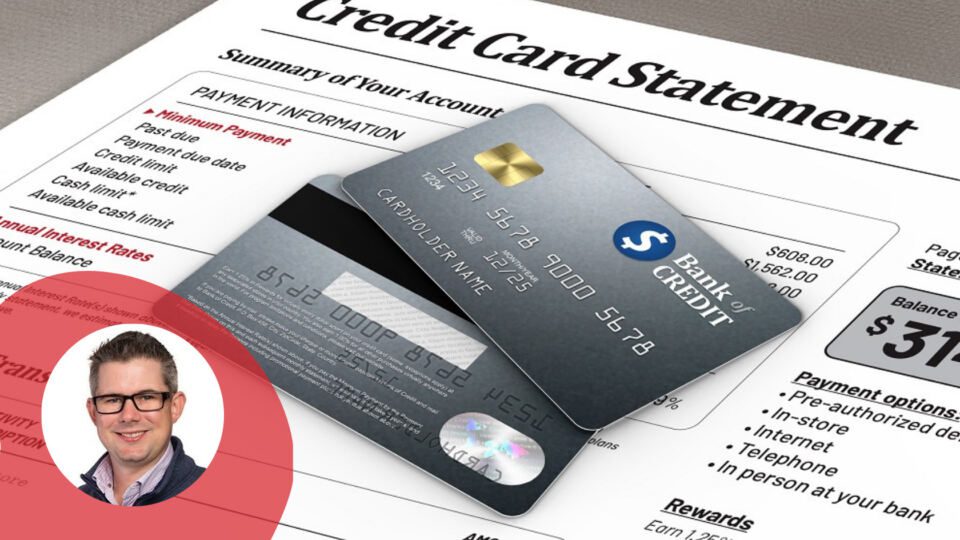With more people paying bills online than ever before, consumers tend to opt out of paper billing statements or disregard them as junk mail. When this happens, companies miss out on a tried and true marketing channel that consistently leads to higher levels of customer engagement.
Did you know consumers read more of their direct mail — and read it for longer? In fact, customer response rate through direct mail is five to nine times higher than digital media. These data points demonstrate how paper statements can be call drivers, because not only do they draw more attention than e-statements, they also generate more customer action.
With the ongoing effects of digital fatigue and the continued effectiveness of physical communications, companies have an opportunity to reinvent their paper statements and transform them into effective marketing tools that elevate customer experiences and drive brand loyalty.
Transforming statements isn’t rocket science, but it does require forethought, intention and some creativity. Here are four tips to revamp your paper billing statements and optimize this asset not just for your company but also for your customers.
1. Be customer-obsessed in your design.
A visually appealing paper statement can inspire customers to act. For example, a well-designed and placed call to action can lead to a customer redeeming a special offer or checking in on rewards they have been working toward. By being intentional with the content you include, where you feature it and the value customers can receive from it, you can increase customer satisfaction, proactively provide answers to questions and deliver timely, relevant information.
On the flip side, a poorly designed paper statement, with a complex structure and hard-to-find information, is shown to increase the number of calls to the contact center — typically due to confusion around the statement — and drastically drops the chances of the customer paying attention or even opening the mail. Contact center calls are expensive. If your statement raises more questions than it answers, chances are you’ll see an increase in call volume and increase your odds for customer friction that can lead to other problems.
However, if you deliberately design your paper statement with an eye for boosting customer engagement and enhancing customer experiences, you can significantly impact the bottom line.
When you monitor and assess your paper statements do so through a marketing lens. Ask yourself:
- How does this recurring touch point retain customers?
- What would the customer want to know monthly?
- Is the statement written in my brand’s voice?
- Does the style/look of the statement fit my brand’s image?
In other words, does your billing statement offer the customer more than a reminder to pay a bill? Is it elevating the experience and serving as a helpful reminder or coming across as a threatening money grab?
2. Consider the full customer journey.
When we think of customer journeys, most of the touch points that come to mind are digital: social, apps, email campaigns, setting up online accounts, etc. However, once the customer has been acquired, it’s important not to forget monthly billing statements as part of the customer journey. These statements are regular touch points with the customer that occur 12 times every year — a valuable opportunity to capitalize on extra “face time” with the customer.
Including paper statements into the larger map of your customer journey should encourage your company to ask important questions like:
- What is our ideal next action for the customer to take?
- What additional products should we be promoting after we acquire a customer?
- How do we get the customer to upgrade their services or equipment?
This is where journey orchestration and analytics help determine the customer’s next best action and inform the statement design to showcase the right messages. This also ensures your statement functions as an integrated, not isolated, customer touch point.
3. Make it personal.
Ad pages and promotional messages generate value with your printed statement but are easily overlooked if nothing catches the eye of the reader. By customizing the ads with something as simple as using the customer’s name, you can increase engagement by double digits. In the case of a communications service provider that worked with CSG, the company found that personalized ads increased sales 13% overall compared to non-personalized ads. What’s more, when the brand included and emphasized the customer’s name, they earned a 56% higher response rate overall.
4. Test, Test, Test Again.
Testing is critical when you make changes to your paper statement. By testing multiple styles, brands can leverage customer journey analytics to pinpoint what is working and what isn’t, like which design choices are affecting calls and response rates. While auditing your statements gives you an idea of how to change them, analytical testing will ensure your message is resonating with the customer.
In one case study, a company nearly tripled its sales lift by addressing the customer by name and adding a graphic circling the name while testing it against billing statements with no circle. Getting the most out of your paper statements depends on the desired outcome, but getting there remains the same. Without testing, you won’t know which approach hits or misses the mark.
With an effective paper billing statement, customers can be informed to be more aware of new offerings and services, promotions and the status of their own account. Beyond that, printed statements are monthly reminders of your brand’s voice and mission, combined with all the information necessary to reduce customer service calls and turn ordinary customer experiences into extraordinary ones.
As VP of Output Solutions at CSG, Mike Woods and his team help clients solve their toughest communications challenges: improving the way they communicate with their customers to drive consumer action and dispel confusion. Woods brings over a decade of experience in finance, operations, engineering and business development, offering a unique perspective on document strategy and the future of the business.




